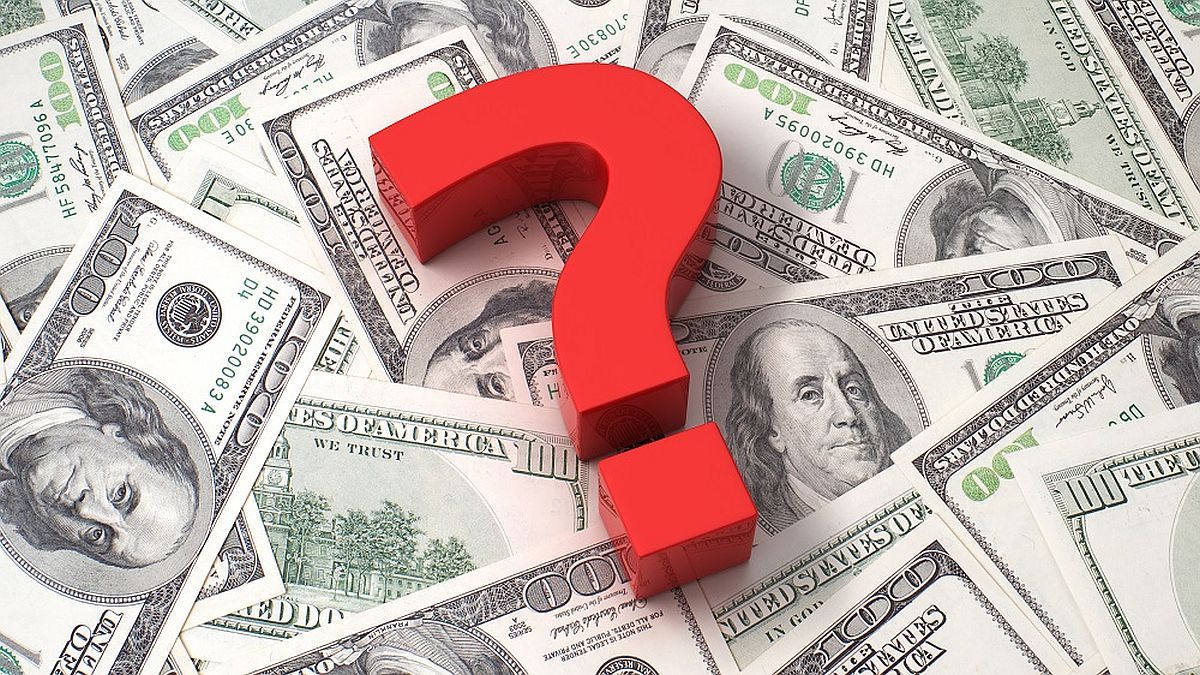Taking the latest data for September, core inflation rose 3.3% per month (0.2 percentage points below headline inflation). While, for his part, seasonal prices rose 6.4% and regulated prices rose 3% monthly. In other words, in the last 12 months, core inflation accumulated a rise of 57%. The truth is that the components of inflation continue to have a very heterogeneous dynamics since, in September, inflation of goods (CPI-Goods) accumulated 56.4% year-on-year. Almost 4 points more than headline inflation. While, likewise, the IPC-Services climbed 42.9%. This difference responds to the rates of regulated services. Something similar happens with core inflation, seasonal prices and regulated prices. Core inflation had an interannual variation of 57%, seasonal prices 50.8% and regulated prices 38.6%.
Per se, the distortion in relative prices and the rates at which prices adjust are a measure of suppressed inflation. In other words, they could have an inflationary impact in the future (if one chooses to correct these distortions). This is also part of the picture that complicates the possibility that inflation will decline in the coming months. If this trend and this dynamic continue, it is likely that year-on-year inflation will end 2021 at 51.6%. And it would remain, throughout the second half of 2021, above 50%.
Meats Agreement New Prices Care Inflation Basic Basket
Ignacio Petunchi
Looking ahead to the next elections, the fiscal impulse was accelerated to try to reduce the difference. Said plan could reach up to 0.4% of GDP ($ 168,000 million). But for the market it will be financed with monetary issuance. Although it is very difficult to reverse the dynamics of domestic consumption, this has a negative impact on the side of expectations since it encourages an acceleration of inflation and greater exchange rate tension in the coming months. In monetary terms, This plan could have an estimated fiscal cost between 0.3% and 0.4% GDP (between $ 126,000 and $ 168,000 million). It is a very limited fiscal impulse and the primary fiscal deficit target (below 4% of GDP) is still within.
In summary, based on the reading made on inflation and monetary injections, the prices of alternative dollars and the blue dollar begin to skyrocket, demand for pesos falls and the dollarization process deepens (typical of the election years). The process of “disinflation”, which began in April (after inflation of 4.8% in March 2021), at the cost of a greater exchange rate delay, seems to have come to an end. With the risk that a correction in the official exchange rate, as part of the negotiations with the IMF, will further accelerate prices in the short term.
Professor at the University of CEMA.
Source From: Ambito




